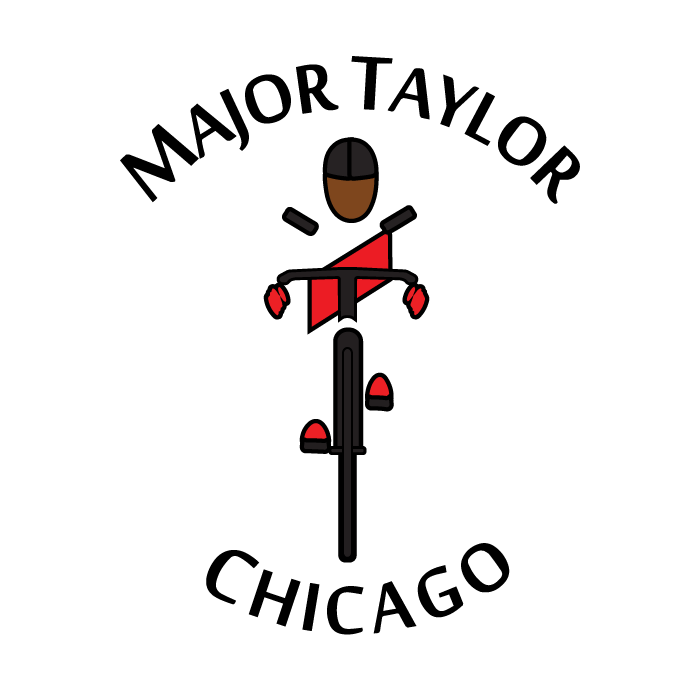Your cart is currently empty!

Navigating Cycling Speeds: Understanding Cruising vs. Average Speed
—
by
Welcome to the wonderful world of cycling! As a ride leader, I often encounter questions from new riders about how to gauge their cycling speed, especially when choosing rides from our club calendar. Understanding the difference between rolling/cruising speed and average speed is crucial in making these decisions. Let’s dive in!
What’s the Difference?
- Cruising Speed: This is the speed you maintain on a flat road, without the influence of wind. It’s your steady, comfortable pace when you’re not exerting extra effort to climb hills or slowing down for traffic.
- Average Speed: This includes everything – your cruising speed, plus the time you slow down for hills, stop at lights, or battle against the wind. It’s an overall measurement of your speed over the entire ride.
Why Does It Matter?
Understanding these terms helps you select the right rides from our club calendar. Rides are often listed by cruising speed because it gives a clearer picture of the pace during the stable parts of the ride. For instance, a ride listed at a cruising speed of 18 mph means you should be comfortable riding at 18 mph on flat terrain.
How Can You Measure Your Speed?
- Bike Computers: These handy devices attach to your bike and give you real-time data on your speed. They range from basic models showing current speed to more advanced ones with GPS and average speed calculations.
- Smartphone Apps: Many apps are available for smartphones that use GPS to track your ride. Apps like Strava, MapMyRide, or Wahoo Fitness can give you a detailed breakdown of your cruising and average speeds.
Tips for New Riders:

- Start with a Comfortable Pace: If you’re new, start with rides listed at a lower cruising speed. It gives you a chance to understand your capabilities without feeling overwhelmed.
- Use Technology: Use a bike computer or smartphone app to get familiar with your cruising and average speeds during different rides. This data is invaluable in helping you choose suitable rides.
- Give Yourself Grace: Remember, it’s normal for your average speed to be lower than the cruising speed due to stops and terrain. Don’t be discouraged!
- Join Different Rides: Experiment with rides of varying cruising speeds to find where you feel most comfortable. It’s the best way to improve!
Conclusion
Understanding cruising and average speeds is key to enjoying your cycling experience. As a ride leader, I encourage you to use these insights to choose rides that align with your comfort and goals. Remember, cycling is a journey, not a race. See you on the road!
As we share these stories and insights from the heart of Chicago’s cycling scene, we extend an open invitation to you, our readers. Whether you’re a seasoned rider or new to the world of cycling, our club is a community where every member brings something special. We invite you to join us on our next ride, experience the unity of our group, and immerse yourself in the joy of cycling in our beautiful city. Who knows, you might find a new passion or even discover that you’re a natural at leading the pack. In our club, every rider has the opportunity to grow, contribute, and maybe even become a future ride leader. So, don’t hesitate – come ride with us, and let’s create unforgettable cycling experiences together!
